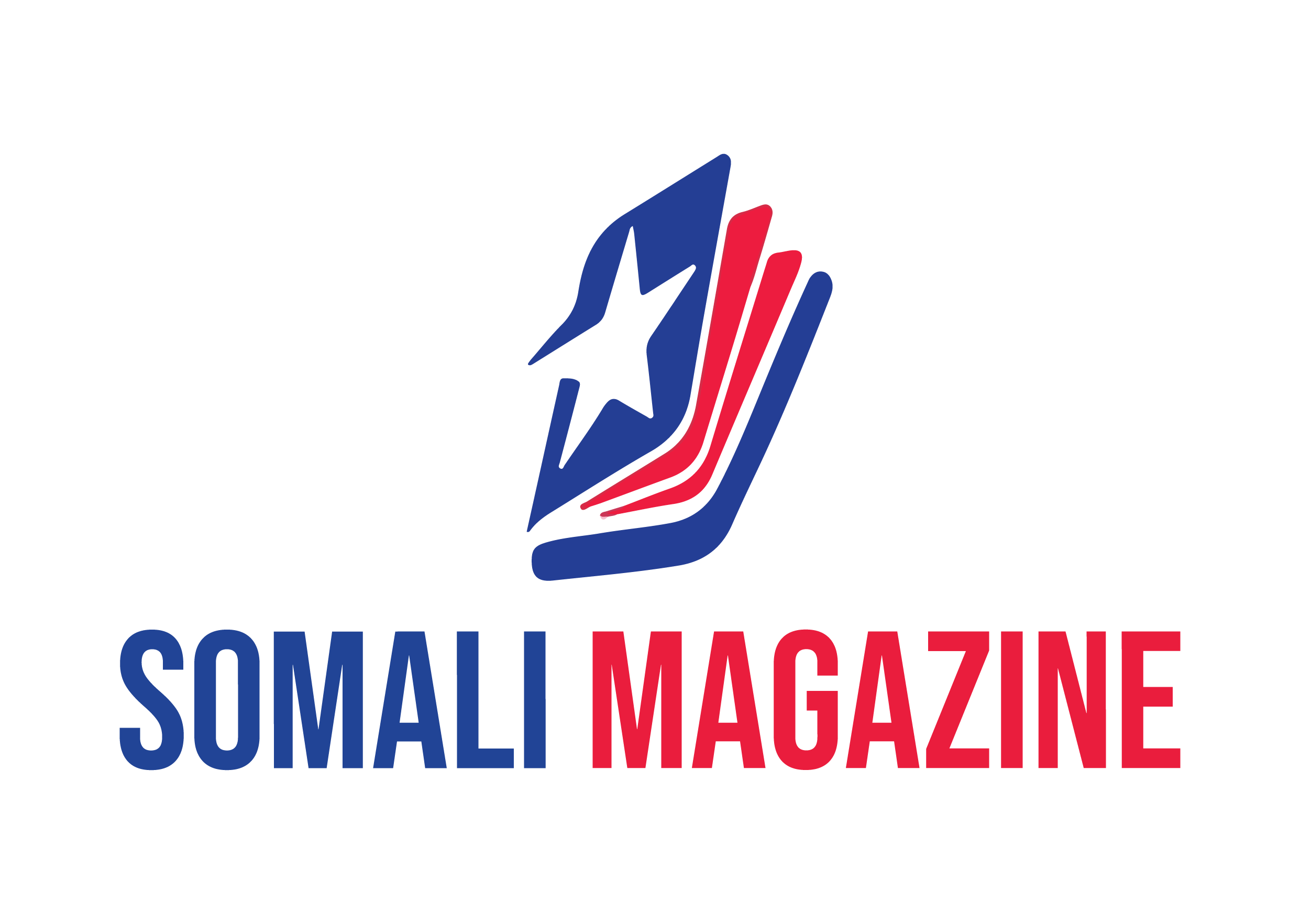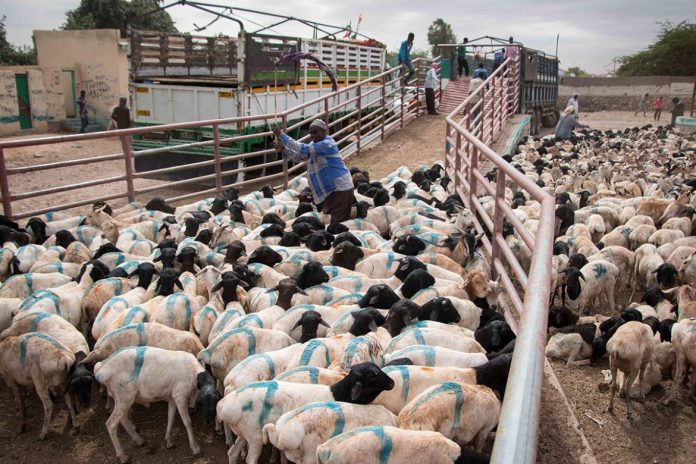Hassan Hussein Elee, the federal government of Somalia’s Minister of Livestock, stated that more than 1.2 million animals were shipped from the country this year for Eid Al-Adha celebrations.
These animals are carried from Arab Gulf countries, and their health status was evaluated before they were transferred; doctors were hired to determine their health issues, as confirmed by many sources.
The majority of the animals shipped were carried by boat from the ports of Berbera and Bosaso, according to Hussein Hassan Eleey, Minister of Livestock for the Federal Government of Somalia.
The Minister stated that when the last ship departs, they will report the overall number of animals removed from Somalia, the most species, and their type.
“Many animals have been exported throughout Somalia, particularly from the ports of Berbera and Bosaso, to Gulf countries such as Saudi Arabia, Oman, and others.” The operation is still underway, but the estimate is 1.2 million to 1.5 million animals. “It is obvious that more animals have been taken this year compared to last year, but we will say the exact number of animals exported when the last ships leave,” said the Minister.
Saudi Arabia is an important market for Somali livestock, particularly during Hajj, when Muslims butcher animals to commemorate the Feast of Sacrifice, Eid Al-Adha.
Every year, at the beginning of the 12th month of Hijri, extensive preparations are made for the Eid al-Adha celebrations, which fall on the tenth of that month. People who can slaughter as many animals as they can, while the Gulf countries carry them by boat and ship.
Eid al-Adha, or the Feast of Sacrifice, is observed as a major holiday by Muslims worldwide for three to four days.
Eid al-Adha has unique significance since it celebrates the culmination of Hajj, or Pilgrimage, the fifth pillar of Islam. Hajj is only obligatory for males and women who are physically and financially capable of performing it.

